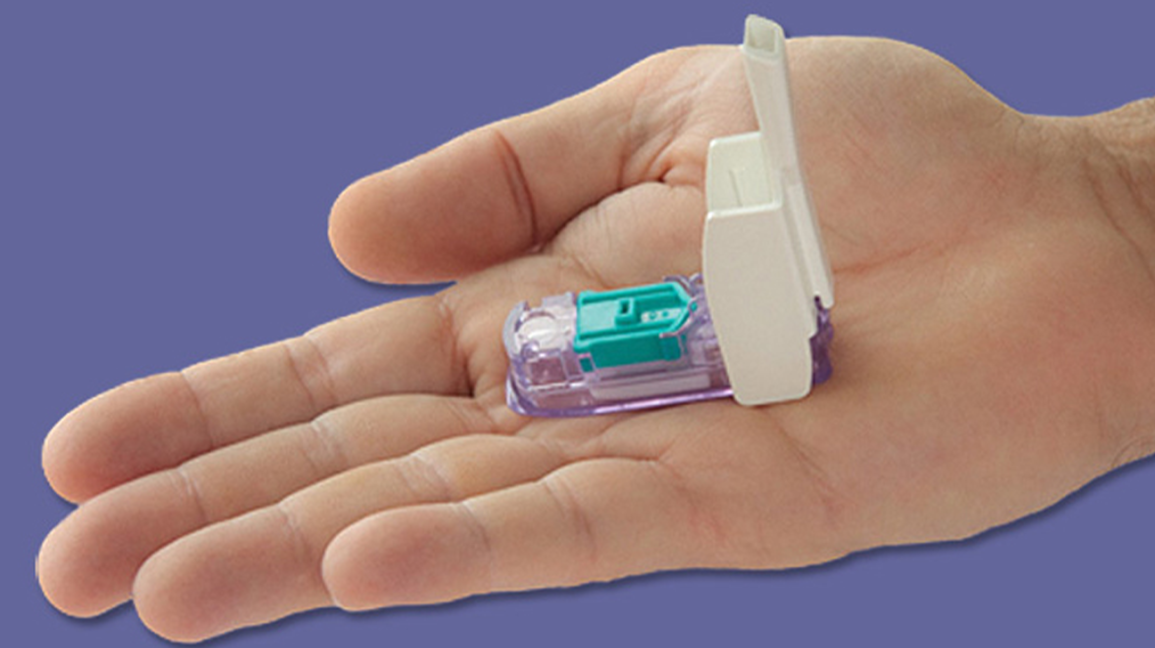
DiYES International School – Inhaled insulin brings comfort to children living with Type 1 diabetes by introducing a new method that removes the daily stress of injections. At the American Diabetes Association meeting in Chicago, researchers presented evidence that this needle-free option can manage blood sugar just as effectively as rapid-acting insulin shots. The study involved children aged four to seventeen, tracking their glucose levels and side effects over several weeks. Parents reported fewer emotional breakdowns during treatment times and children described the process as easier to accept. Clinical data confirmed that weight gain was less prominent in the group using inhaled insulin. No issues with lung function were found during the trial, strengthening the argument for broader use. With both children and families reporting higher satisfaction, this treatment could soon transform daily diabetes care. The innovation aligns with ongoing efforts to make pediatric care more humane, flexible, and aligned with children’s emotional well-being.
The inhaled insulin system mimics a simple breath-inhaler device, allowing children to manage their blood sugar levels through a familiar and non-invasive method. Families facing the challenges of daily injections often experience resistance from young children, leading to inconsistent treatment and increased stress. Inhaled Insulin Brings Comfort to Children by replacing the needle with a breath-based device, helping healthcare teams reduce the psychological strain linked to chronic illness. This inhaled approach activates more quickly than traditional injections, supporting better timing around meals. Younger users found the device intuitive after minimal training, and parents noticed more cooperative behavior during dosing. While the treatment still requires long-acting insulin through injection, it removes the most painful and frequent part of the regimen. The option creates a pathway for better adherence, especially among those newly diagnosed. By making the management of diabetes feel less clinical, the therapy adds a sense of normalcy to children’s routines and improves relationships between caregivers and patients.
“Read about: Gaza’s Silent Emergency: Malnutrition Crisis Hits Thousands of Children”
The clinical data surrounding this inhaled insulin trial brings strong support for its potential. Children who received the inhaled insulin displayed blood sugar levels consistent with those receiving injections. Hemoglobin A1c measurements, which reflect long-term glucose control, remained within targeted ranges throughout the 26-week study period. No incidents of severe hypoglycemia were recorded in the inhaled group. Researchers monitored pulmonary function closely, using standard tests before and after the trial period. Results showed no adverse respiratory impact, which addressed one of the major concerns about delivering medication via the lungs. Mild coughing was noted in a few cases but did not require any clinical intervention. Overall, the treatment proved both effective and tolerable. The children in the study also experienced less weight gain, which could reduce long-term cardiovascular risk. By demonstrating both stability and comfort, the study provides strong justification for approval in pediatric care and encourages expansion of research across broader age ranges.
One of the most significant shifts noted by families involved in the trial was emotional relief. Managing Type 1 diabetes in children can create deep emotional fatigue, particularly when injections cause pain or resistance. With inhaled insulin, children expressed less anxiety during dosing and became more active in managing their health. Parents noticed better cooperation and fewer mealtime struggles. Many reported that the treatment made daily routines feel more predictable and less dominated by medical procedures. Care teams found that families using the inhaled option reported higher satisfaction with overall treatment. This emotional improvement is not just anecdotal but supported by survey data collected during the study. Children also reported feeling more independent, which contributes to better long-term management as they grow older. Reducing fear and resistance helps establish healthier habits, and the inhaled insulin approach opens a new direction for child-focused diabetes care that values emotional experience as much as clinical outcome.
“Read more: Protecting the Most Vulnerable: July 30 Campaigns Target Child Exploitation Worldwide”
As regulatory agencies prepare to review this treatment for wider approval, international attention is turning to how it might be implemented across various health systems. The possibility of reducing both pain and complications for millions of children represents a major milestone in pediatric endocrinology. Healthcare providers will need to integrate training for both families and care teams to ensure proper use of the inhaled device. Advocacy groups hope that insurance providers and government agencies will support coverage of the treatment to ensure access. Researchers continue to monitor long-term impacts, including the potential for lung function changes over years of use, but early data remains encouraging. For children in resource-rich and resource-limited settings alike, this new option may become a tool for improving both adherence and outcomes. As the medical world seeks more humane treatment models, inhaled insulin stands out not just as an innovation in delivery but as a reimagining of care designed with children in mind.